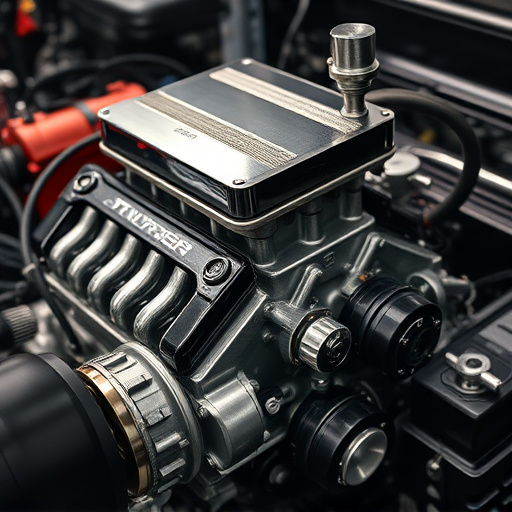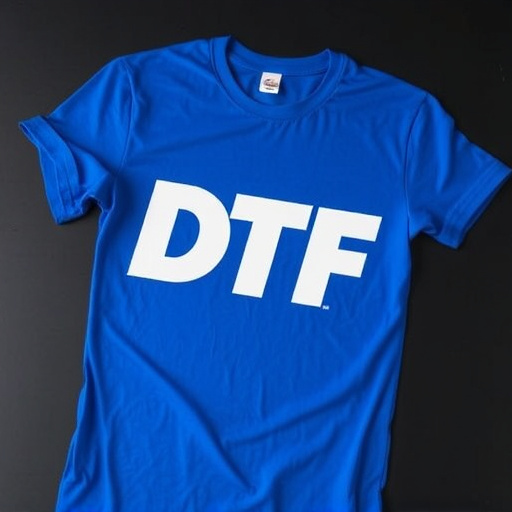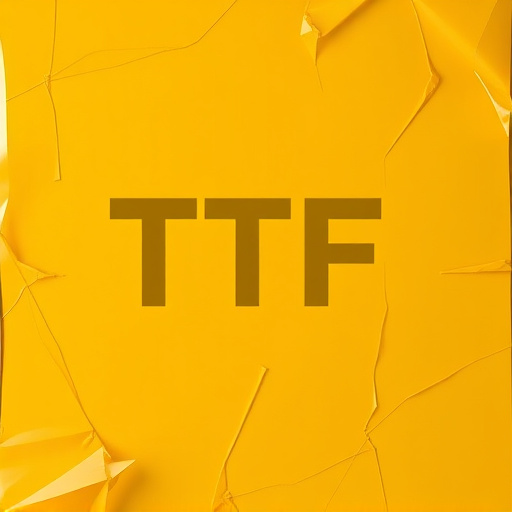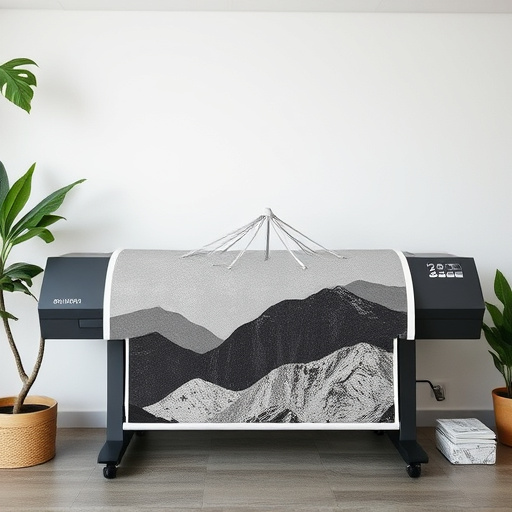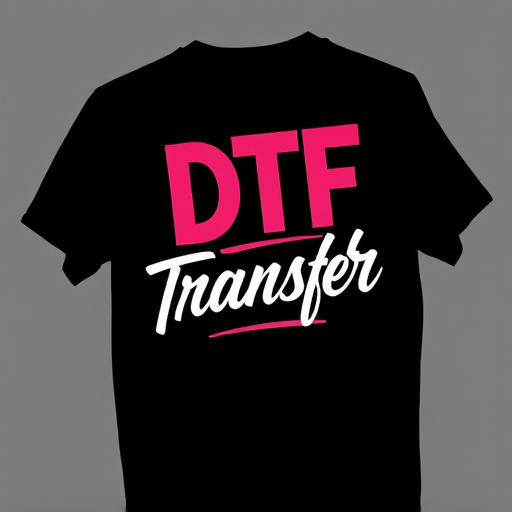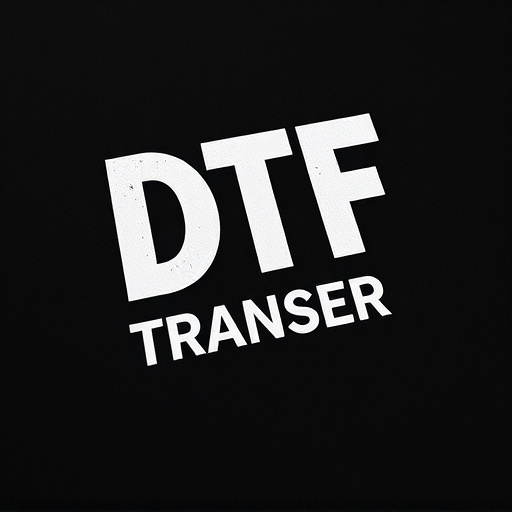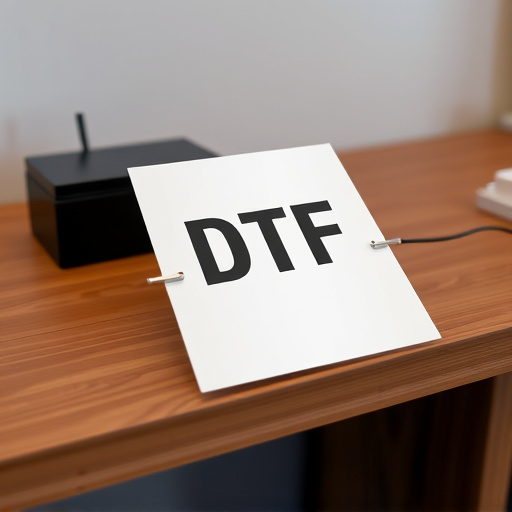Direct-to-Film (DTF) printing is a cutting-edge technique that reproduces digital images directly onto physical film stock, creating unique and visually striking DTF Prints. This method preserves original image details, offers an organic alternative with no identical pieces, and bridges analog and digital realms. DTF prints combine exceptional quality and durability, maintaining their integrity over time, making them ideal for preserving memories. Selecting the right film stock is key to achieving desired aesthetics, ranging from black-and-white to color negative films. The process involves enhancing digital images for compatibility with film emulsion and using specialized software for precise transfer. DTF printing is transforming photography and has bright future prospects, with advancements in resolution, color accuracy, and print longevity anticipated.
Discover the captivating world of DTF (Direct-to-Film) printing, a revolutionary process transforming digital photography. This article explores how modern technology bridges the gap between pixels and film, offering photographers an unparalleled experience. From understanding the fundamentals of DTF to its impact on the industry, we delve into the advantages, choosing the right film, and the technical intricacies involved. Uncover why DTF prints are gaining traction and their promising future in shaping the art of photography.
- Understanding Direct-to-Film (DTF) Printing: A Brief Overview
- The Evolution of Digital Photography and Its Impact on Film Transfer
- Advantages of DTF Prints: Quality, Durability, and Aesthetic Appeal
- Choosing the Right Film for Your Transfer: Types and Considerations
- Technical Process: Converting Digital Images to Film Format
- Applications and Future Prospects of DTF Printing in Photography
Understanding Direct-to-Film (DTF) Printing: A Brief Overview

Direct-to-Film (DTF) printing is a cutting-edge technique that offers photographers and artists an innovative way to reproduce their digital images on physical film stock, creating unique and visually striking DTF Prints. This process eliminates the intermediate digital stages often involved in traditional printing methods. Instead, it directly transfers digital data onto film, resulting in a one-of-a-kind print with distinct characteristics.
The beauty of DTF lies in its ability to preserve the original image details and capture the subtleties that can sometimes be lost in digital formats. Each DTF Print is a hand-crafted piece, ensuring no two are identical. This technique has gained popularity among fine art photographers and film enthusiasts who appreciate the organic, tactile quality it brings to their work, offering a refreshing alternative to modern digital printing methods.
The Evolution of Digital Photography and Its Impact on Film Transfer

The evolution of digital photography has undeniably reshaped the landscape of visual expression, marking a significant departure from traditional film-based methods. This revolution has not only transformed how images are captured and stored but also had a profound impact on the process of transferring photographic images to film for printing, giving birth to Direct-to-Film (DTF) Prints.
In the past, photographers relied on film as the primary medium for capturing and preserving visual moments. However, with the advent of digital cameras and advanced image processing technologies, the industry witnessed a shift towards digital formats. Digital photography offers unparalleled convenience, immediate feedback, and extensive editing capabilities. As a result, traditional film transfer techniques faced a gradual decline. Yet, amidst this evolution, DTF printing emerged as a unique bridge between the analog and digital realms, allowing photographers to reproduce their digital images on film with exceptional quality, preserving the timeless aesthetics of traditional photography.
Advantages of DTF Prints: Quality, Durability, and Aesthetic Appeal

Direct-to-film (DTF) prints offer a unique and superior experience for photographers and art enthusiasts alike. One of the primary advantages is the exceptional quality they deliver. These prints capture the intricate details and vibrant colors of the original photograph, ensuring that every shade and texture is accurately represented. This level of precision results in stunning visuals that can rival traditional film prints.
Moreover, DTF Prints boast remarkable durability. The transfer process directly onto film creates a long-lasting image that is resistant to fading and damage over time. Unlike digital prints, which may depreciate in quality due to environmental factors or technological obsolescence, DTF prints maintain their integrity, making them ideal for preserving cherished memories and artistic creations for future generations. This aesthetic appeal, combined with longevity, makes DTF a preferred choice for those seeking high-quality, long-lasting art pieces.
Choosing the Right Film for Your Transfer: Types and Considerations
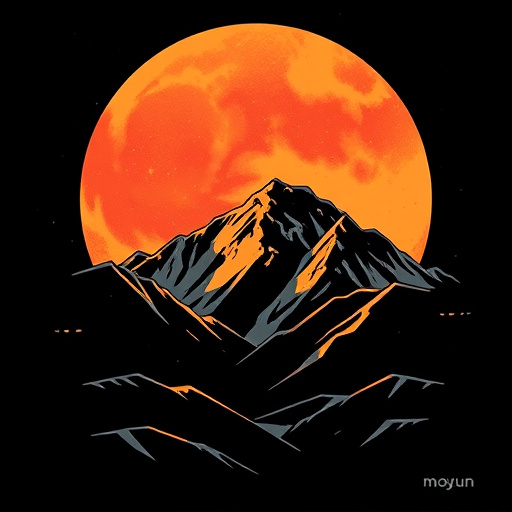
When converting photographic images to a direct-to-film (DTF) transfer format, selecting the appropriate film stock is a crucial step in achieving high-quality results. The choice of film depends on personal preference and the desired aesthetic. Options range from black-and-white films like Ilford Delta 3200 or Kodak TMAX P3200 to color negative films such as Fujifilm Pro400 or Kodak Ektachrome P800. Each type offers distinct characteristics, including grain structure, dynamic range, and color rendition, which can significantly impact the final DTF print’s appearance.
Consider factors like ISO sensitivity, film speed, and emulsion type to align with your image’s requirements. For instance, higher ISO films are suitable for faster shooting or low-light conditions but may introduce more noise in the transfer process. Conversely, lower ISO films offer finer detail but demand careful handling during exposure. Experimenting with different films allows you to create unique visual effects and find the perfect match for your artistic vision in DTF printing.
Technical Process: Converting Digital Images to Film Format
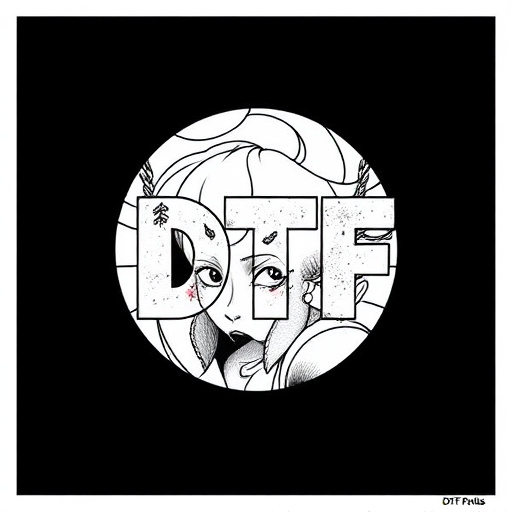
The process of converting digital images to a direct-to-film (DTF) transfer format is an intricate technical journey that involves several steps. It begins with high-resolution digital photographs, which are then meticulously enhanced and optimized for film emulsion compatibility. This preparation ensures that the digital data can be accurately translated onto the physical medium. The image is broken down into components such as color, contrast, and texture, allowing for precise adjustments to meet the desired aesthetic.
Specialized software plays a pivotal role in this transformation. It interprets the digital file, adjusts parameters, and creates a negative or positive mask that will guide the transfer process. This mask determines how the image interacts with the film emulsion during exposure. The final step involves carefully exposing the prepared film stock, either through traditional photography techniques or modern digital printing methods, resulting in DTF prints that capture the essence of the original digital image while offering the unique aesthetic and tactile qualities of film.
Applications and Future Prospects of DTF Printing in Photography

Direct-to-film (DTF) printing offers a unique and captivating approach to photography, revolutionizing the way we preserve and display our visual memories. This innovative process allows for the precise replication of photographic images directly onto film, resulting in stunning prints that capture the essence of the original photograph. DTF Prints have gained popularity among photographers and art enthusiasts alike, who appreciate the vintage aesthetic and tactile quality they impart.
Looking ahead, the future of DTF printing in photography appears promising. As technology advances, we can expect improvements in image resolution, color accuracy, and print longevity. The growing demand for customizable, high-quality photo prints suggests that DTF will continue to play a significant role in both professional and personal photography. Furthermore, the integration of digital technologies might open up new possibilities, such as interactive DTF prints, offering a dynamic and immersive experience for viewers.


